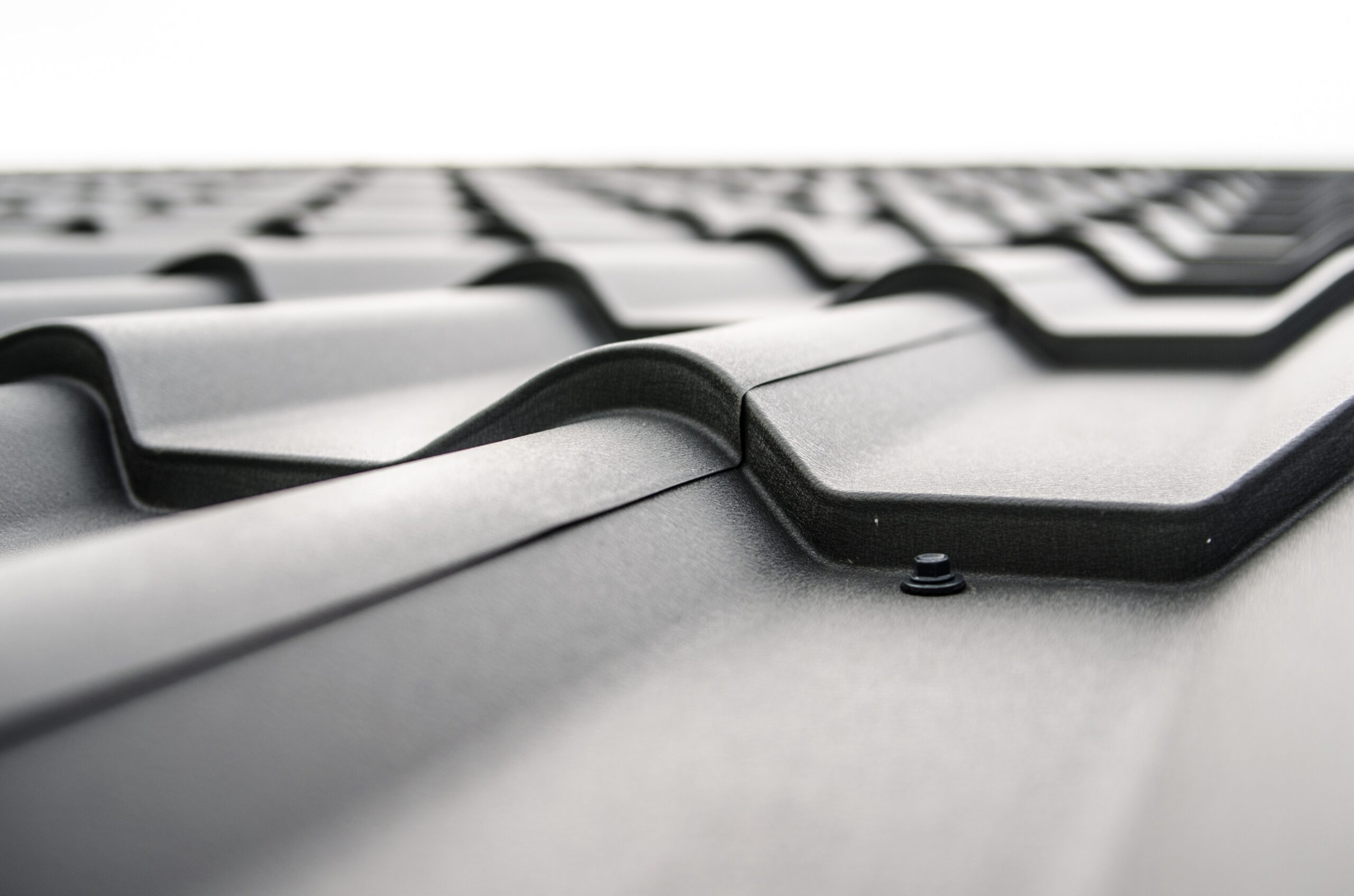Maintaining a commercial roof is essential for maintaining the safety and longevity of the building in Florida. Regular inspections and maintenance can help identify potential problems before they become major issues, saving time, money, and stress in the future. This article will discuss the five best practices to keep your commercial roof in top condition.

Commercial Roof
Before we dive into the best practices for commercial roof maintenance, it is essential to understand the structure of a commercial roof. Commercial roofs are typically much more significant than residential roofs and must be able to handle heavier loads and more severe weather conditions. They must also keep air, moisture, and pests out while maintaining consistent temperatures inside the building.
Types of Commercial Roofs
Now that you understand what a commercial roof is, let’s talk about the different types of commercial roofs that exist.
#1. Flat Roofs
Flat roofs are the most common type of commercial roofing and can range from low slope to near-vertical. They are generally made of built-up tar and gravel, modified bitumen, metal, or single-ply membranes. The main benefit of flat roofs is that they are relatively easy to maintain, but they require regular inspections to ensure no leaks.
#2. Sloped Roofs
Sloped roofs, or pitched roofs, are most frequently used on taller commercial buildings and provide a more aesthetically pleasing look than flat roofs. They can be made from asphalt shingles, wood shakes, clay tiles, or metal panels. The main challenge with sloped roofs is that they need to be inspected more often due to the greater risk of water damage due to their steeper angles.
#3. Green Roofs
Green roofs are commercial roofing that incorporates vegetation into their design. This can include grasses, bushes, flowers, and even trees! The main benefit of green roofs is that they help to reduce energy costs by providing insulation and lowering temperatures in the building during the hotter months.
#4. Cool Roofs
Cool roofs are designed to help reduce the temperature of a building’s interior during the hotter months. They are typically made of reflective materials such as white paint, metal, or tiles that reflect sunlight away from the building. The main benefit to cool roofs is that they help reduce energy costs by keeping temperatures lower inside the building.
5 Best Practices for Commercial Roof Maintenance
Maintaining a roof is essential for ensuring the safety and longevity of a building. Here are five best practices for roof maintenance:
#1. Regular Inspections
Regular inspections are essential for identifying any potential issues with the roof before they become significant problems. A qualified professional should do these at least twice a year.
#2. Prompt Repairs
Any repairs needed should be addressed as quickly as possible to avoid further damage or costly replacements. It is essential to use only qualified professionals when making repairs and replacements to ensure the job is done correctly.
#3. Proper Drainage
Proper water drainage from the roof is essential for preventing leaks and other damage. Gutters, downspouts, and drains must be clear of debris to allow water to flow correctly from the building.
#4. Regular Cleaning
Keeping the roof surface clean is essential to prevent any dirt and debris buildup. This should be done at least once a year or more often if there are signs of excessive dirt and debris buildup.
#5. Trim Tree Branches
Tree branches that hang over the roof can cause damage if they come into contact with the roof’s surface. These should be trimmed away as soon as possible to avoid any potential damage from occurring.
By following these five best practices for commercial roof maintenance, you can ensure your commercial building has a safe and reliable roof that will last for years. Ask professionals such as Mighty Dog Roofing for more tips, you can check them out here. They are a professional roofing company in Brandon, Florida, that can help you with your commercial roof maintenance needs.
Signs of Commercial Roof Damage
Now that you know how to maintain your commercial roof properly, you must know the signs of potential damage. Common signs include:
- Discoloration or staining on the walls and ceiling near the roof
- Sagging areas of the roof
- Leaks in any area of the building
- Standing water on top of the roof after rainstorms
If you notice any of these signs, it is essential to have a professional inspect your roof right away. This will help determine if an issue with your roof needs to be addressed before it becomes a significant problem.
Final Thoughts
By following the five best practices for commercial roof maintenance discussed in this article, you can help ensure your roof remains in good condition and prevents significant issues from occurring. You notice signs of potential damage, so it is essential to have a qualified professional inspect your roof immediately to address problems before becoming more serious.

